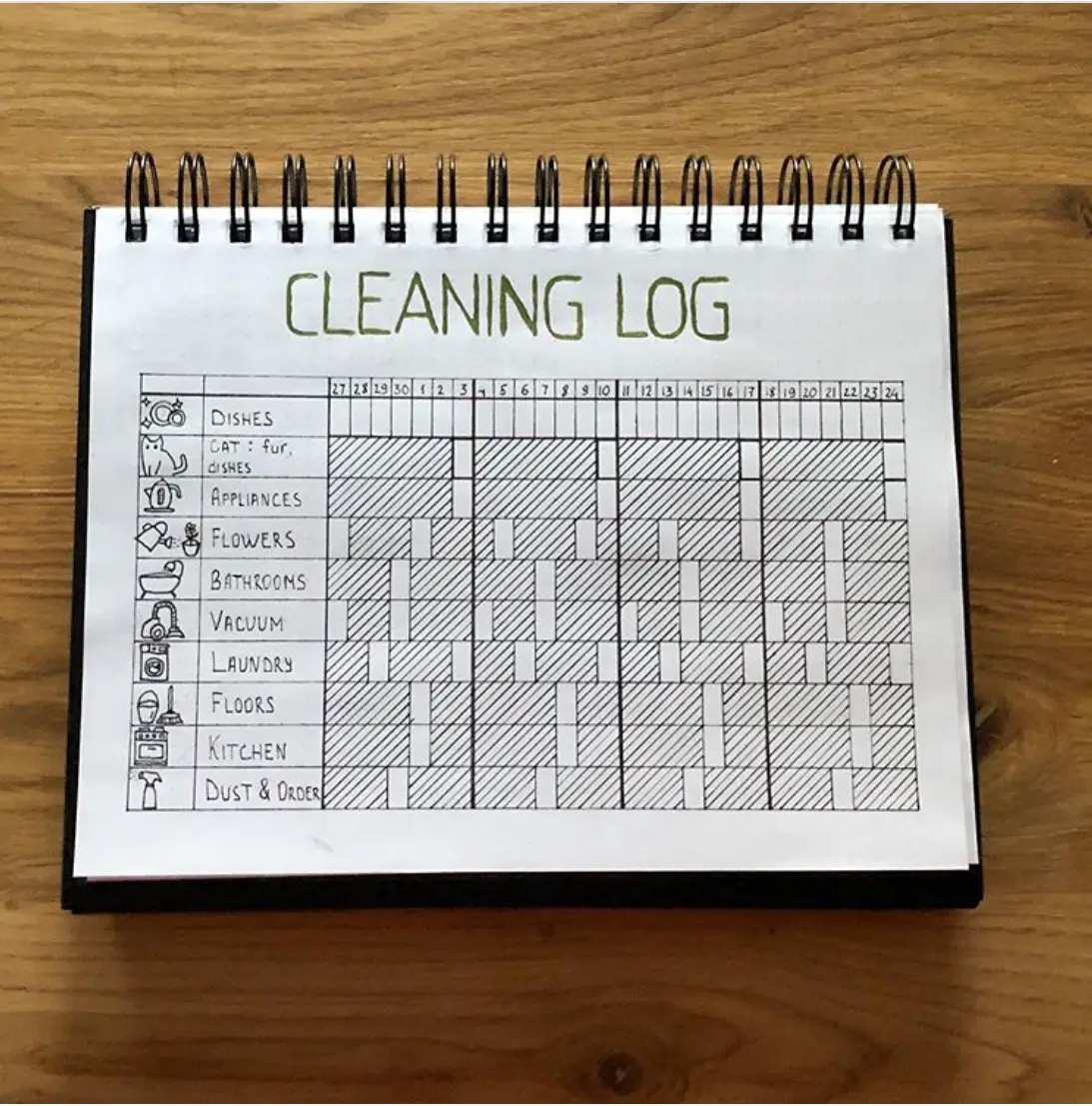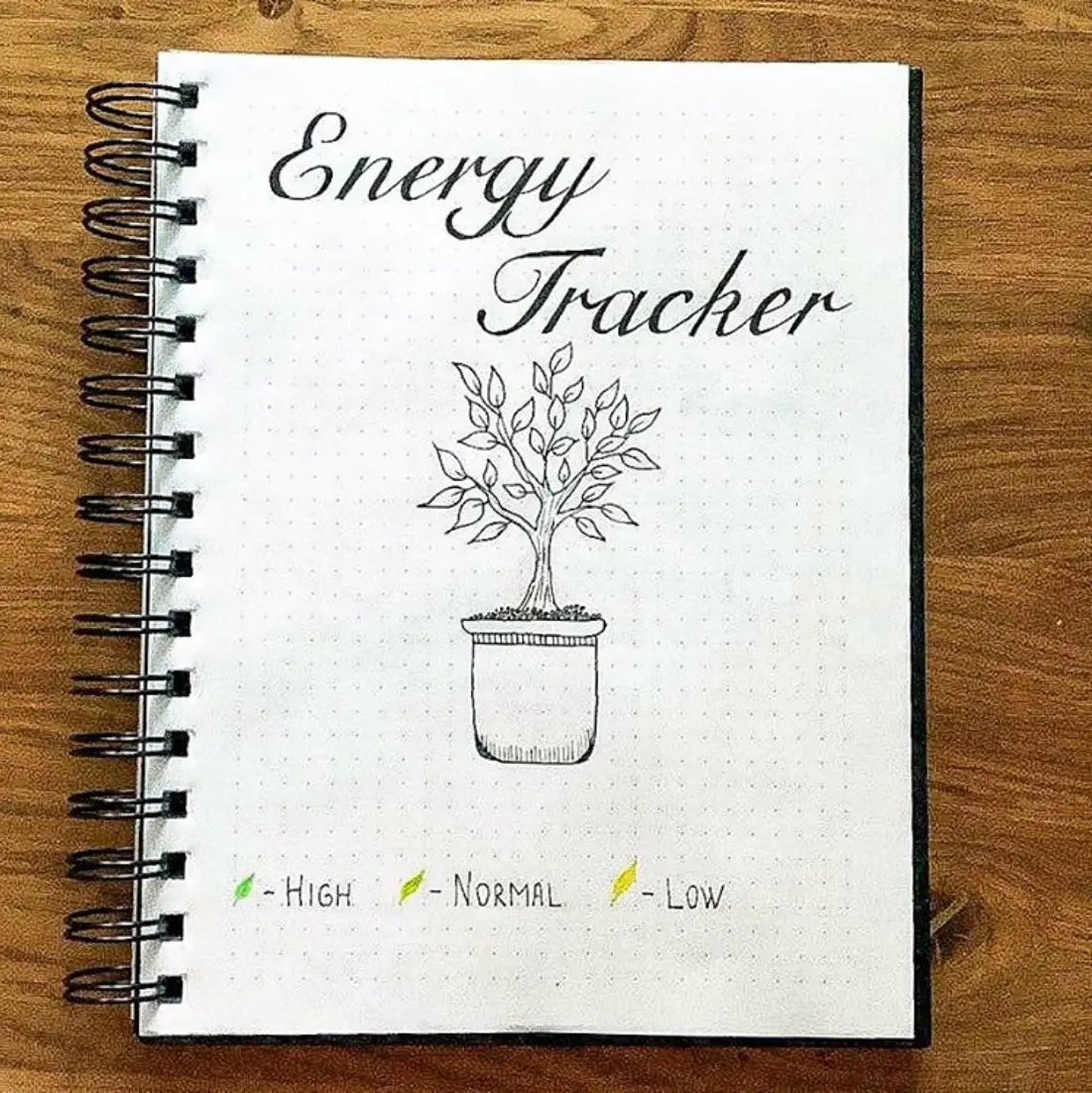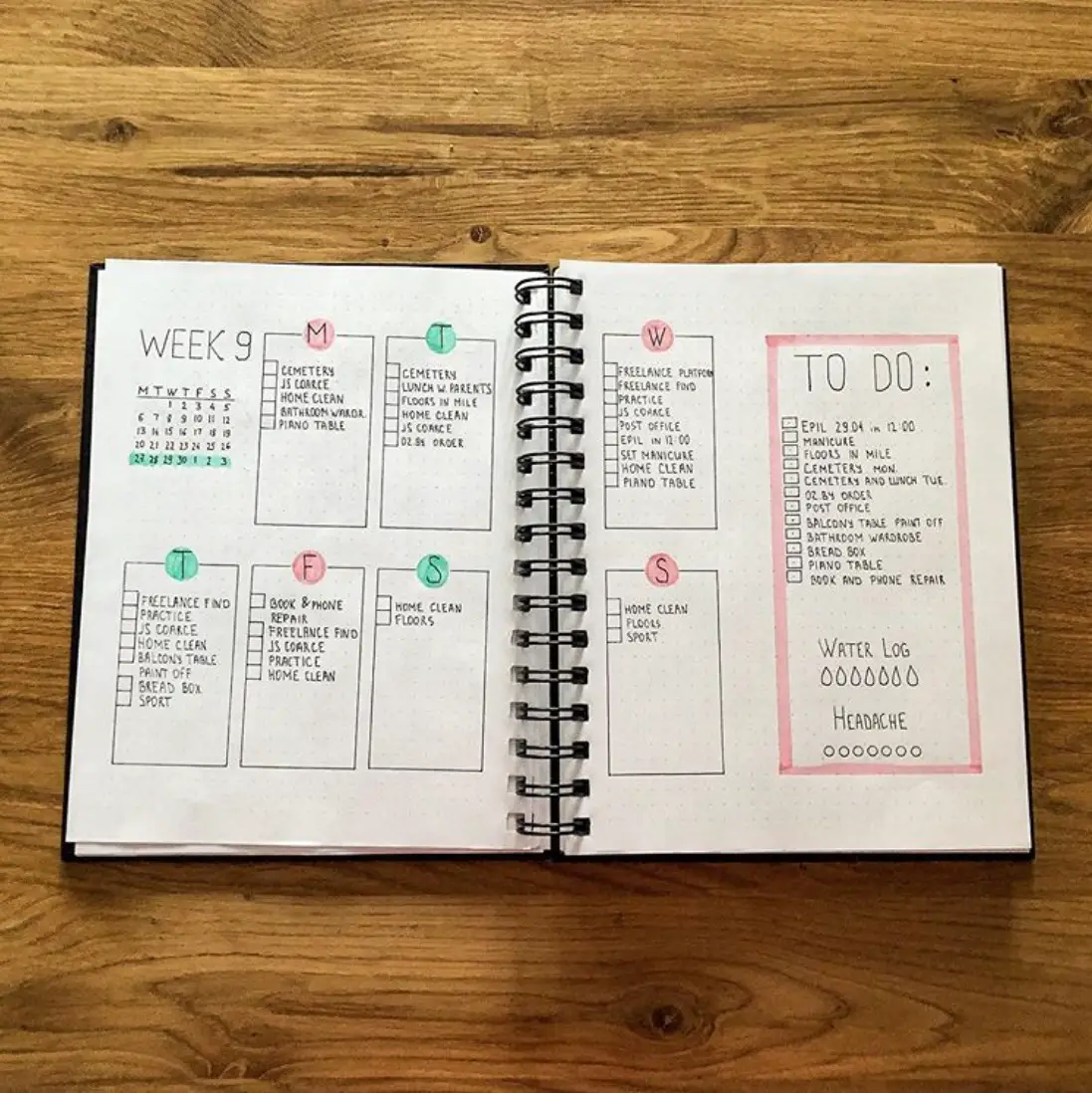A bullet journal can serve as a daily planner, diary, to-do list, and written meditation neatly packaged in one notebook.
The practice is adopted by a lot of people from Silicon Valley developers to stainless steel coil manufacturers due to its lightweight and customizable nature. It can be as simple and as complex, depending on your goal.
Unfortunately, the myriad of bullet journal resources available online can intimidate any beginner. Taking a look at its hashtag in social media sites will bombard you with pages upon pages of beautifully designed templates and artful calligraphy that will put your handwriting to shame.
In an interview, bullet journal designer Ryder Carroll reassures newbies that the practice is not about how it looks but how it feels and works for the person.
An aesthetically pleasing journal does not equate to a more productive and organized life. He also encourages treating the first notebook as a practice notebook where you discover what works for your lifestyle.
No matter how it looks, a bullet journal follows a set of guidelines to maximize the process, such as favoring short phrases and keywords than full sentences in a rapid logging style. Every notebook also has the following backbone sections:

Important sections of a bullet journal
Index
The magic of the bullet journal starts with an index or a table of contents. This section is found at the front, serving as a guide to the different themes that exist in your notebook.
List down the common categories for your journal, such as personal thoughts, housework, discussion notes, or project progress. Then write the corresponding page numbers that fit the category. If you need to find an entry that talks about a topic, you can use the index to know where to look.
Assigning a color also helps in making the organization more visual and eye-catching. With this, you can continue filling up the pages with whatever your mind fancies without having clearly divided sections. But this usually leads to carrying multiple journals.

Symbol key
As the name implies, bullet journaling uses bullet points as its main structure but is not limited to using dots as the only symbol. Other shapes can be used to categorize an entry visually.
You can assign any shape you want, be it the basic open circle for an event, a dash for a note, an arrow that signifies you’re migrating the entry to another day, or a star to show importance.
The symbol key section keeps track of all these signifiers in case you forget what they mean. They are usually found either at the front with the index or at the back of the journal.

Future, monthly, and daily Logs
Logs serve as the meat of the bullet journal. This is where you can brain-dump your thoughts, to-do lists, and other tasks you’re working on. There are three kinds of logs.
The first one is the future log, which is a yearlong calendar for big events or projects. You don’t have to add all the details of your year here, as this section serves as a bigger picture overview.
The monthly log is your 30-day outlook, where you can map out specific events and the tasks you would like to be done in a month. This log serves as a great reflection tool to see if you spent the past month wisely.
The daily log is the foot soldier of the three, keeping track of to-do lists for the day and recording ideas that might come along.
That’s it! An index, symbol key, and logs are all you need to start bullet journaling. Other templates and collections can wait until you become more comfortable with the practice.
SEE ALSO: 3 TIPS FOR STAYING PRODUCTIVE CREATIVE CRAFT ROOM DESIGN IDEAS



